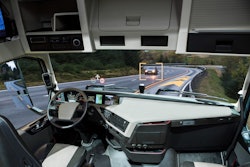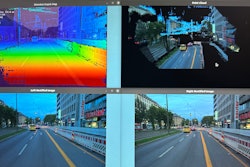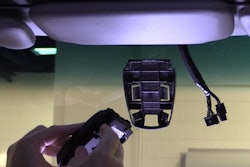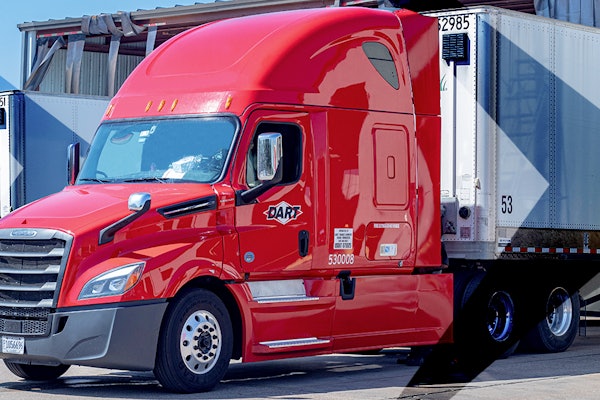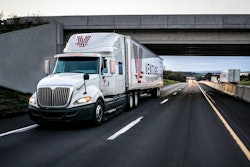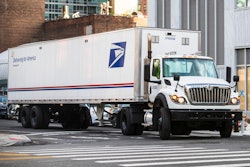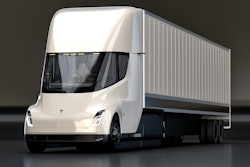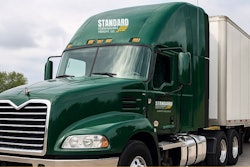The U.S. National Highway Traffic Safety Administration (NHTSA) is investigating Tesla’s Full Self-Driving (FSD) system following four crashes, including one incident where a Tesla passenger car fatally struck a pedestrian, that occurred "after entering an area of reduced roadway visibility conditions," including "sun glare, fog, or airborne dust."
In August, a Tesla Semi crashed on Interstate 80 eastbound east of Nyack, California, shutting down the highway for nearly an entire day after it caught fire. Tesla claims its electric semi trucks are hardware capable of using the company's Autopilot suite of driver assistance features and FSD, but the system has not yet been deployed for its rigs. Investigators have not yet determined a cause of the fiery August crash that left no one injured. Tesla claims it plans to ramp up production and delivery of its Semi next year.
The Office of Defects Investigation seeks to determine ability of FSD’s engineering controls to detect and respond appropriately to reduced roadway visibility conditions; whether any other similar FSD crashes have occurred in reduced roadway visibility conditions and, if so, the contributing circumstances for those crashes; and any updates or modifications from Tesla to the FSD system that may affect the performance of FSD in reduced roadway visibility conditions.
"NHTSA opened an inquiry following reports of Full Self-Driving crashes, raising concerns that a camera-only approach may present significant safety risks, particularly in situations of reduced roadway visibility like sun glare, fog, or airborne dust," said Kobi Marenko, CEO of Arbe Robotics, a semiconductor company that provides 4D imaging radar solutions. "At Arbe, and across much of the industry, we believe that true safety comes from integrating vision-based sensors with complementary technologies like high-resolution radar. This combination provides diversity by offering different types of data about the road ahead and redundancy by ensuring that when a camera is limited, such as in low-visibility conditions, radar is still available to maintain accurate detection and safety."
Indeed, commercial truck OEMs have long leaned into a mix of cameras and radar for their safety systems and driver assistance platforms, like the new Frieghtliner Cascadia and all-new Volvo VNL. Similarly, driverless trucking tech startups Aurora and Kodiak Robotics each use a combination of lidar, radar and cameras to support their systems' driverless capabilities.
Regulatory challenges
Autonomous and driverless trucking faces a patchwork of state regulations. Two dozen states allow driverless operations, and 16 others have no driverless regulations at all. The balance allow driverless testing under certain circumstances and mostly with a person in the truck.
California has twice in the last two years attempted to ban driverless commercial trucks on state roads, but both measures were vetoed by Gov. Gavin Newsom. The California Department of Motor Vehicles (DMV), meanwhile, has drafted regulations with a focus on establishing safety standards for driverless transport. The framework initially requires a permit to test with a safety driver in the vehicle for both light- and heavy-duty operations. Subsequent phases require additional permits and approval, but the framework does allow for trucks to operate on roads where the posted speed limit is 50 mph and above and on frontage access roads – “essentially allowing for long-haul deliveries along hub-to-hub routes and in less complex operational areas."
NHTSA and the Federal Motor Carrier Safety Administration (FMCSA), have proposed a rule to establish safety standards for driverless trucks, and FMCSA plans to publish a Final Rule for the safe deployment of commercial vehicles with automated driving systems on the Nation’s roadways.


